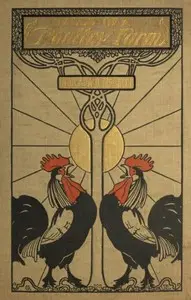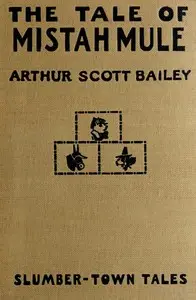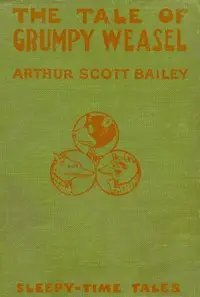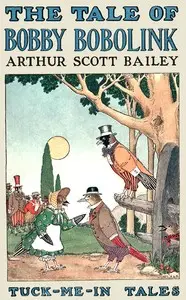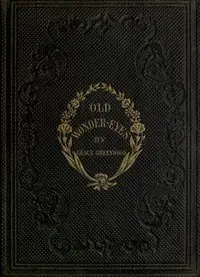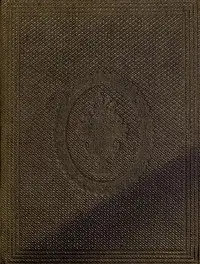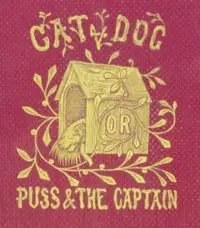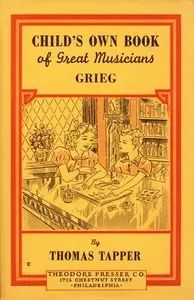"The Tale of Turkey Proudfoot" by Arthur Scott Bailey is a charming children's narrative that unfolds on Farmer Green's lively farm, where Turkey Proudfoot, a gobbler with an oversized ego, believes his dazzling tail makes him the farm's most important resident. As the self-appointed leader of the turkey flock, Turkey Proudfoot's days are filled with demanding respect and flaunting his colorful plumage, leading to amusing clashes with geese, roosters, and other animals unimpressed by his pride. The story follows Turkey Proudfoot as his arrogance leads him into a series of comical mishaps and hard lessons, nudging him to re-evaluate his self-importance and learn the true value of humility and friendship amidst the barnyard chaos.

The Tale of Turkey Proudfoot Slumber-Town Tales
By Arthur Scott Bailey
A pompous turkey’s inflated ego sets off a series of hilarious events, teaching him that true worth isn't measured by feathers, but by friendship.
Summary
About the AuthorArthur Scott Bailey was an American writer. He was the author of more than forty children's books. He was born in St. Albans, Vermont, United States, the second child of Winfield Scott Bailey and Harriet Sarah Goodhue. Winfield Bailey owned a dry goods shop that was stated to be "one of the most reputable of St. Albans mercantile concerns" and specialized in furs; namely ladies' fur coats, muffs and scarves. Bailey attended St. Albans Academy and graduated in 1896, in a class of only eleven other students. He then went on to the University of Vermont in Burlington, Vermont, where he became involved in a fraternal organization, Sigma Phi.
Arthur Scott Bailey was an American writer. He was the author of more than forty children's books. He was born in St. Albans, Vermont, United States, the second child of Winfield Scott Bailey and Harriet Sarah Goodhue. Winfield Bailey owned a dry goods shop that was stated to be "one of the most reputable of St. Albans mercantile concerns" and specialized in furs; namely ladies' fur coats, muffs and scarves. Bailey attended St. Albans Academy and graduated in 1896, in a class of only eleven other students. He then went on to the University of Vermont in Burlington, Vermont, where he became involved in a fraternal organization, Sigma Phi.


